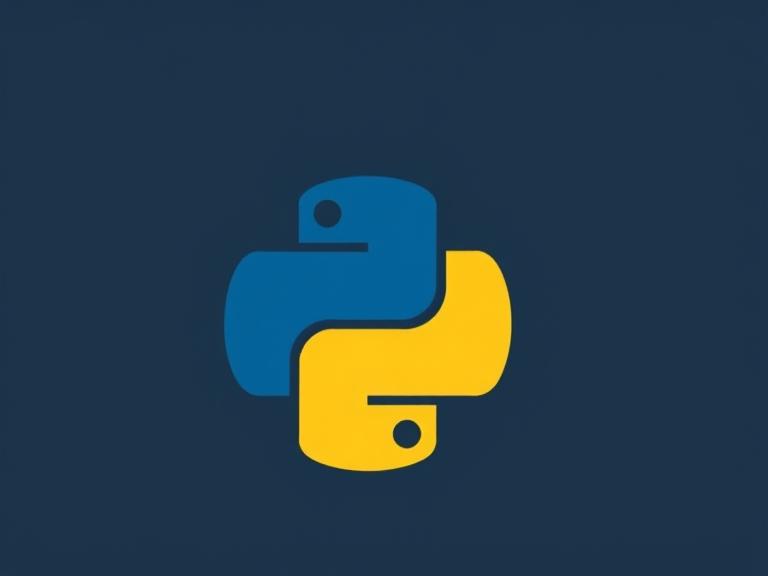Mastering data structures and algorithms (DSA) is key to writing efficient code and solving complex problems. Python’s simplicity makes it a great language for learning and implementing core DSA concepts.
Essential data structures in Python:
- Lists – Dynamic arrays (
[]) - Tuples – Immutable sequences
- Sets – Unordered collections with unique elements
- Dictionaries – Key-value mappings (
{})
Advanced structures:
- Stacks & Queues – Use
list,collections.deque - Heaps – Use
heapqfor priority queues - Linked Lists, Trees, Graphs – Implemented via classes and recursion
Key algorithms:
- Searching – Linear, Binary Search
- Sorting – Quick Sort, Merge Sort, Bubble Sort
- Recursion & Backtracking
- Graph Traversals – DFS, BFS
- Dynamic Programming – Memoization, Tabulation
Example: Binary Search
pythonКопироватьРедактироватьdef binary_search(arr, target):
left, right = 0, len(arr)-1
while left <= right:
mid = (left + right)//2
if arr[mid] == target:
return mid
elif arr[mid] < target:
left = mid + 1
else:
right = mid - 1
return -1
Use platforms like LeetCode, HackerRank, or Codeforces to practice. DSA skills are essential for coding interviews, efficient software, and scalable systems.


Leave a Reply